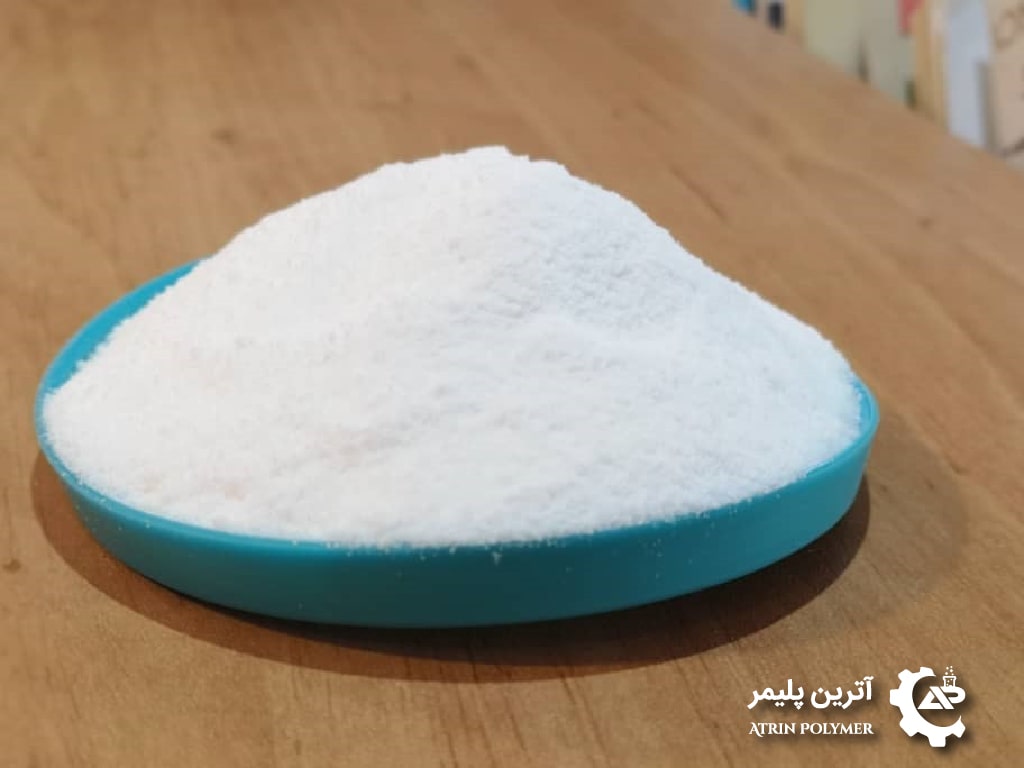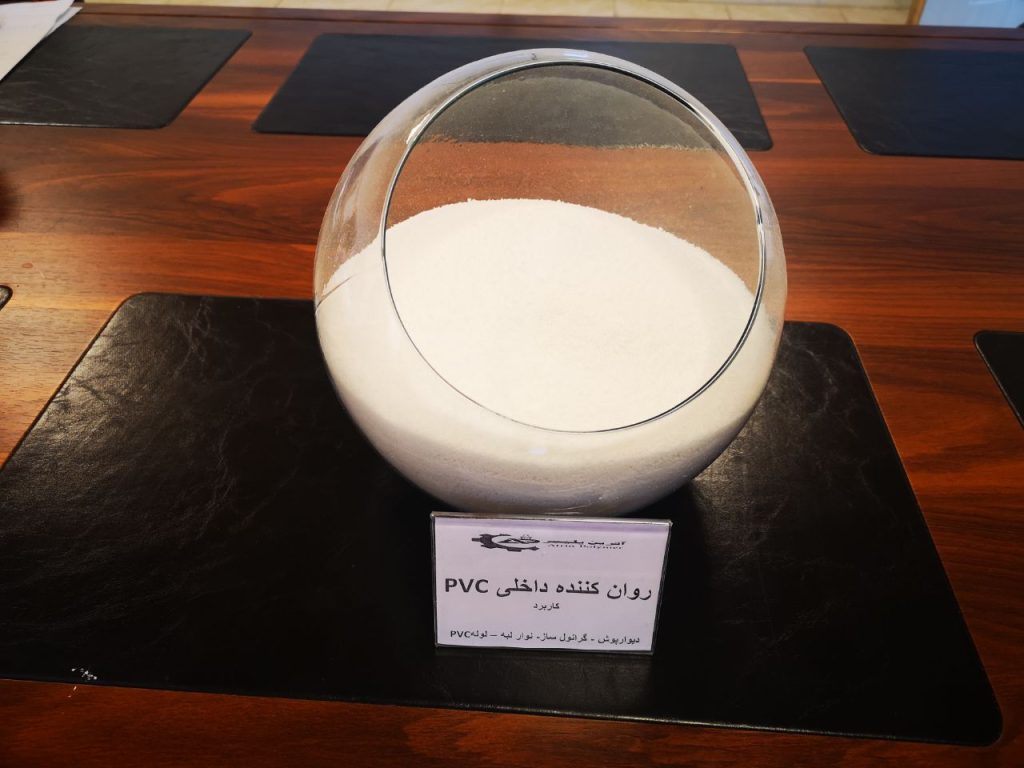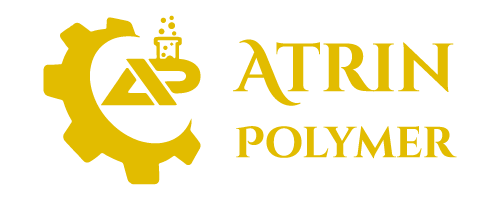Internal lubricant
The effect of the lubricant changes significantly during the process, from the initial mixing stage, where the amount of heat generation is important, to the mixing process, where the granulated resin particles are converted into the melt stream, to the post-mixing stage. of mixing, where the melt flow of mixed resins is the most important problem.
Buy internal lubricant
The terms internal and external lubrication are used to describe the performance of lubricants at each stage and it should be noted that this term should not be applied to the lubricant itself as most lubricants perform differently at each stage of the process. Other benefits of using lubricants include: creating a glossy appearance, good mold release, anti-clogging (preventing plastic layers from sticking) and slowing down process equipment.




The above features are completely specific to internal lubricants and describe its properties. The important thing you need to know is that completely unlike stabilizers that react chemically with the compound they have with PVC, lubricants also act physically. Also, in order to facilitate processing, they are added to PVC in very small quantities.
Features of internal lubrication
Features of internal lubricant According to the definition we provided of lubricant, it is necessary to have information about their features so that you can make your final decisions more easily. The most important features that we can mention for the lubricant are the following:
1. Very high compatibility with PVC: This feature indicates that the lubricant combines well with polyvinyl chloride (PVC) materials and has a positive interaction with it. This compatibility helps to improve the performance and efficiency of PVC products.
2. Maintain transparency: The lubricant should not damage the transparency of the final product or cause any adverse changes in its transparency.
3. Tolerance of consumption in high amounts: This feature shows that the lubricant can be used in high amounts without causing negative effects on the final product.
4. Increasing properties such as adhesion: Lubricant can improve properties such as adhesion and help to strengthen the bonding of materials to different
surfaces
5. Better printability of the final product: Lubricant can help improve the printing of final products and be used in the printing and packaging industries.
6. Biocompatibility: Lubricants should be produced in a way that is completely compatible with the environment and care about environmental measures.
Advantages of using an internal lubricant
According to the features and specifications that we mentioned for internal lubricants, we can address the advantages of using internal lubricants and mention them. These advantages are as follows:
- If they are used, the melting process will be accelerated.
- The melting temperature and the process temperature also decrease.
- Pay attention that the amount of stabilizer used will also decrease.
- In this case, the melt viscosity is significantly reduced.
- Add-ons will also play better.
- Production speed will also increase.
- The softening temperature and the swelling phenomenon of the die also decrease.
- The fillers are spread better and as a result we can see better impact strength and it is increased.

All the things that we have mentioned above are among the benefits that you get if you use internal lubricant. Having said that, knowing the information about internal lubricants, you can understand the differences with external lubricants.
The purchase of any type of lubricant will be done according to the type of performance you expect, and if you cannot make a decision about buying each one, this opportunity is set for you to receive information from the sales experts.

To improve the plastic production process, the causes of the problems should be identified first, and then the process should be improved using process optimization techniques. For example, if the problems are related to damage to the raw material, this problem can be solved by using methods to improve the storage and transportation conditions of the raw material.
Important tips for using lubricants
The use of lubricants can help improve performance and reduce problems in the plastic manufacturing process. But for the optimal use of lubricants, attention should be paid to such things as choosing the right lubricant, controlling the amount of use, complying with safety standards and training employees. In addition, it should be noted that the use of lubricants as a solution to problems in the plastic production process should only be considered as a temporary solution and should be tried to completely solve the main problems in the process over time. become Excessive use of lubricants can also lead to problems such as reducing the level of stability, increasing the percentage of cutting and reducing the mechanical strength of plastic. Therefore, the amount of lubricants used should be carefully controlled and if possible, other solutions should be used to solve the problems in the process. Finally, the use of lubricants alone cannot solve the problems of the plastic production process, and to improve performance, it is necessary to focus on process improvement and product quality control instead of focusing on lubricants.
Disadvantages of internal lubrication
1. Health effects: Some internal lubricants can cause pollution and health poisoning. For example, some internal lubricants can be used in the process of producing titanium dioxide from plastics, which may cause respiratory or other health problems.
2. Environmental effects: Some internal lubricants may cause environmental pollution. For example, some internal lubricants can cause problems such as water, air and soil pollution.
3. Additional costs: The use of internal lubricants entails additional costs. For example, costs must be considered for purchasing internal lubricants, and this can add to the costs of plastic production.
4. Recycling problems: Using internal lubricants may cause problems in the plastic recycling process. For example, some internal lubricants may reduce the quality and recyclability of plastic.
In the case of problems that cause waste in the production process, these problems can be solved by using prevention techniques such as correct design of molds and machines, proper management control, and strict quality control.
In general, the improvement of the plastic production process as a complex and multifaceted process requires systemic approaches. This means that in order to solve problems and improve the performance of the process, one should look at all its aspects comprehensively and use different techniques.
